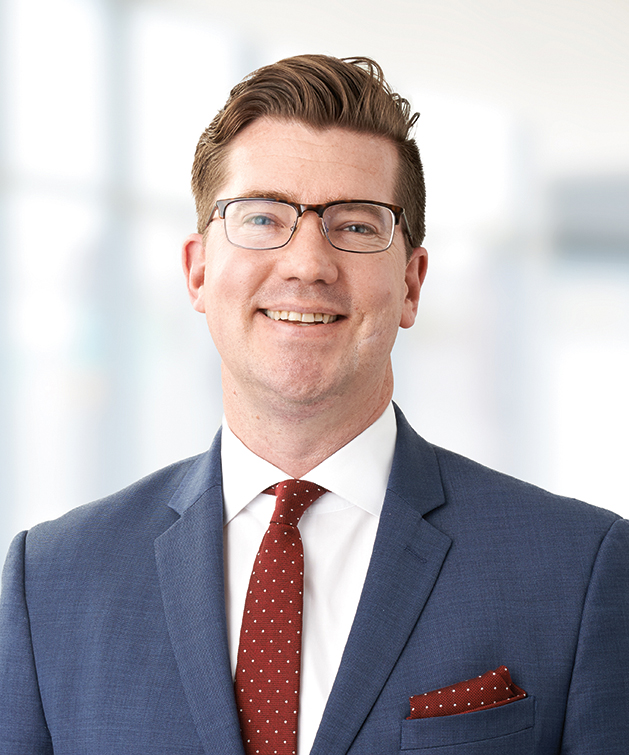
Orthopedic trauma surgeon Brian Cunningham, M.D. Photo: TRIA
New orthobiologics program finds its footing.
For the past 10 years, surgeons and practitioners across TRIA Orthopedics have explored the promising new field of orthobiologics, a treatment derived from patient’s own cells being injected into an affected area with the goal of restoring function and delaying or avoiding surgery. Now, TRIA has launched a new orthobiologics program that brings together individual practitioners within this research-driven healthcare organization.
When Edina resident and orthopedic trauma surgeon Brian Cunningham, M.D., vice chair and director of inpatient orthopedics, joined TRIA, he already knew a number of people involved in studying the potential of orthobiologic treatments. What pushed him to get involved was his frustration with predatory clinics promising patients incredible outcomes in poorly controlled clinical settings.
“I thought to myself, ‘my gosh, we have so many smart people at TRIA; we have a tremendous culture and investment around innovation and research; this is the perfect place to get this going,’” Cunningham says.
A friend and colleague, Brian Walters, M.D., had been independently using and researching the effects of orthobiologic treatments at TRIA Maple Grove and Cunningham says he took inspiration from Walters’ approach. “He was doing it in a really safe, controlled, transparent way,” Cunningham says.
What came next was marrying the expertise of providers like Walters with the infrastructure and data-driven approach to research at TRIA. In a new field like orthobiologics, healthcare providers are still learning the potential applications for and effects of the treatment.
Currently, candidates for orthobiologic treatment include those experiencing overuse injuries, strains and sprains that are taking longer to heal and plantar fasciitis. Of special interest to Cunningham are patients experiencing early arthritis symptoms.
“One of the big breakthroughs that we’re looking to make is what is the optimal biologic treatment for arthritis,” Cunningham says. “We think that orthobiologics can really be an exciting, very minimally invasive option to at least modify the disease process.”
Currently, patients learn about the program through referral. During a primary consultation, a patient’s symptoms are discussed and whether orthobiologics is a good treatment option.
“Most of this isn’t covered by insurance, so the patients are making an investment and we’re being extremely transparent about what the indications for orthobiologics are, what the expectations are afterward, what’s known, what isn’t known,” Cunningham says.
“There’s almost no downtime, which is also super exciting,” Cunningham adds. “There’s no surgery, there’s no scarring, there’s no taking three months off work, there’s very limited [physical therapy] rehab. It’s the beauty of human biology. If we can get it to work for us, it’s going to be amazing.”






















